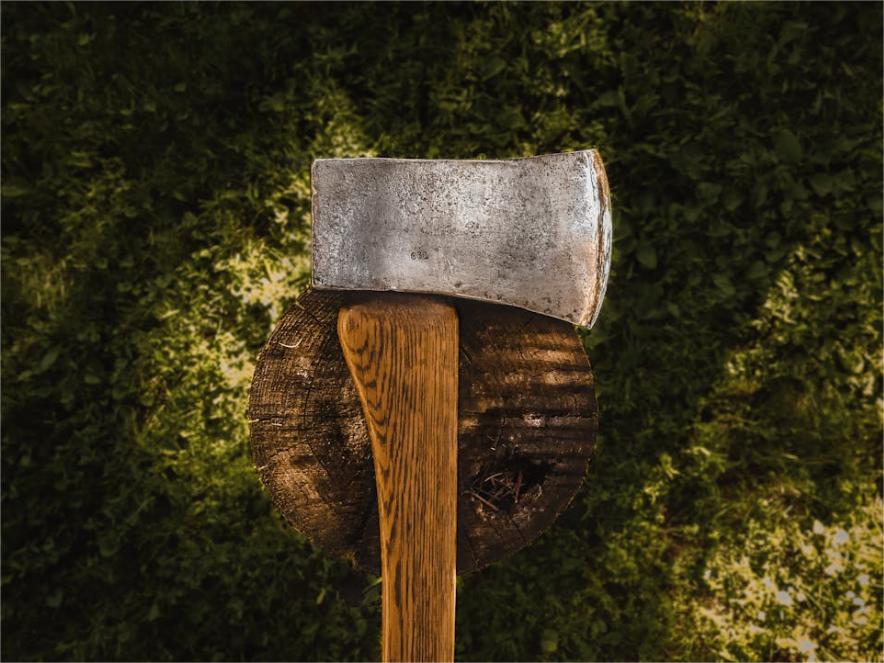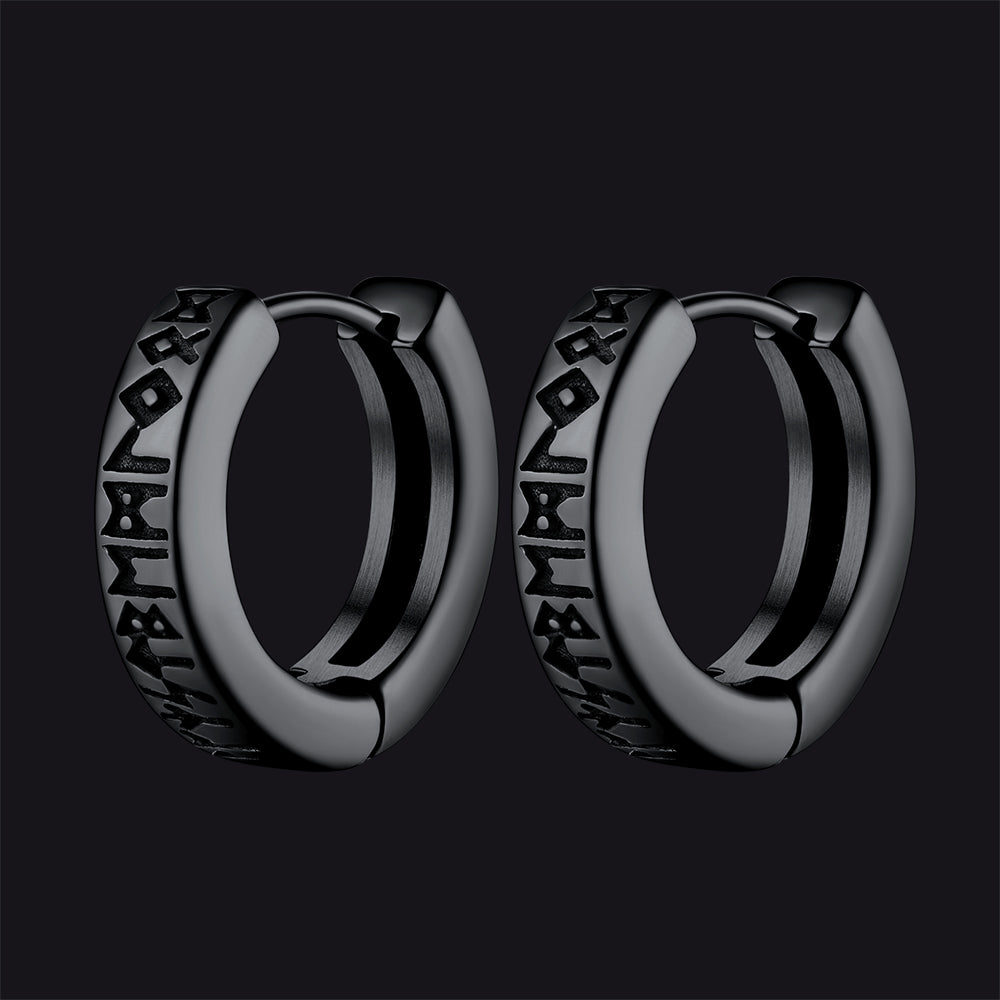Viking Axes: History, Symbolism, and Jewelry
Viking axes are among the most recognizable symbols of the Viking Age. Wielded by fierce Norse warriors, these tools were essential for survival and warfare and carried deep symbolic meanings. Today, Viking axes are celebrated in modern jewelry, representing strength, courage, and connection to Norse heritage. In this blog, we’ll explore the history of Viking axes, their symbolism, and how they have found their way into the jewelry worl

THE HISTORY OF THE VIKING AXES
The Viking Age, spanning from the late 8th century to the mid-11th century, saw the use of axes as both tools and weapons. Unlike swords, which were often expensive and reserved for the elite, axes were accessible to every Viking. They were versatile, used for everyday tasks such as chopping wood and building ships, as well as for combat.
Among the various types of Viking axes, the Dane axe was particularly famous. This long-handled, two-handed axe was used by elite Viking warriors for devastating strikes in battle. The smaller hand axes, on the other hand, were more common among farmers and raiders. Viking axes were known for their durability, with iron heads and wooden handles, often decorated with intricate carvings. These weapons allowed the Vikings to gain a fearsome reputation across Europe as they embarked on raids and conquests.
THE SYMBOLISM OF THE VIKING AXES
Viking axes were more than just tools of war; they were deeply symbolic. In Norse mythology, the god Thor, associated with strength and protection, was often depicted wielding a hammer or an axe. This association between axes and power continued in Viking culture, where the axe was a symbol of strength, courage, and warrior spirit.
Axes were frequently buried with Viking warriors, symbolizing their strength and ensuring they had a tool in the afterlife. To the Vikings, the axe represented both their skill in battle and their ability to survive in a harsh, unforgiving world. The axe was not only a practical weapon but also a personal totem of power.
The symbolism of the Viking axe extended beyond warfare. It represented protection, leadership, and resilience. Warriors often named their axes, giving them almost mystical status as extensions of themselves. This symbolic connection made Viking axes important cultural icons, woven into the fabric of Norse identity.
THE VIKING AXES IN JEWELRY
In recent years, Viking axes have gained popularity as symbols in modern jewelry, especially among those who appreciate Viking culture or resonate with the strength and courage the axe represents. Viking-themed jewelry, including pendants, rings, and bracelets, often features axe designs as a tribute to the legacy of the Norse warriors.
At FaithHeart Jewelry, we embrace this powerful symbolism by offering Viking axe jewelry that reflects the strength, bravery, and resilience of the Vikings. Viking axe pendants are particularly popular, worn as a symbol of protection and personal power. These pieces often feature intricate designs, combining historical accuracy with artistic interpretation, allowing wearers to connect with the rich heritage of the Vikings.


Whether you admire Viking culture or seek jewelry that embodies strength and protection, Viking axe designs make a bold statement. They are a reminder of the enduring legacy of the Viking warriors and their powerful connection to the natural world and the divine.
CONCLUSION
Viking axes hold a unique place in history as both essential tools and symbols of power. From their use in Viking society to their significance in mythology, axes played a central role in shaping the Viking identity. Today, Viking axes live on in modern jewelry, where they symbolize strength, courage, and protection. By wearing Viking axe jewelry, you not only embrace the rich cultural heritage of the Norse but also carry a timeless symbol of resilience and bravery.



